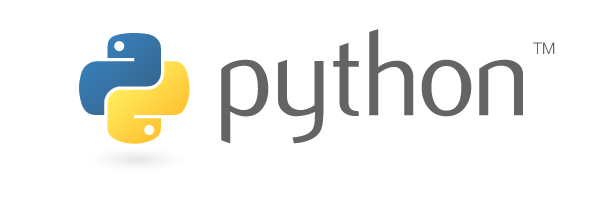The schemas to be accepted in the Smart Data Model initiative need to include a description for every property. In order to review your data models before submission, it should pass this test.
Call: https://smartdatamodels.org/extra/check_schema.php
Parameters: (Mandatories)
- schemaUrl: The link to the RAW version of the schema (see example)
- mail: your mail
- test: 1
Output: A json payload with the list with of properties of the data model including those referenced through $ref and its status of documentation in the schema.
- x-ngsi: Boolean. Describes if the description contains property, relationship or geoproperty in the description.
- x-ngsi_text: Text. Further explanations about x-ngsi value.
- documented: Boolean. If the description is complete enough for its use.
- text: Text. complementary information about the documentation (It could be either incomplete or non-existing)
In order to be accepted all the properties have to include a relevant description, and therefore need to have both parameters x-ngsi and documented to True for all the properties.
We are on the transition to having all the data models compliant.





